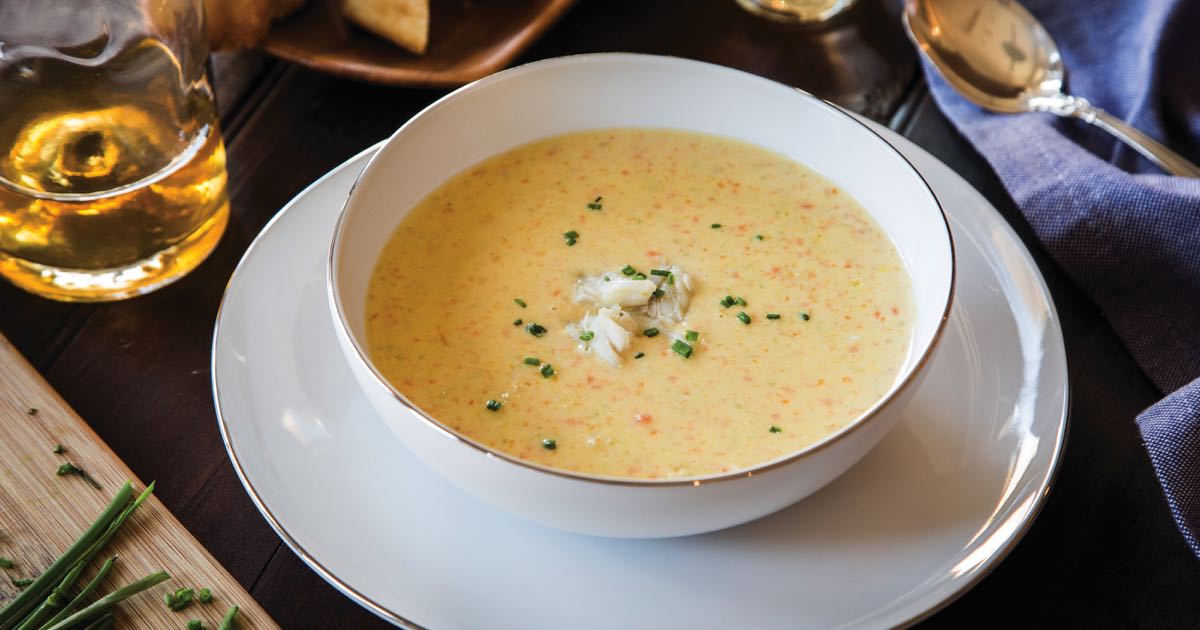Let rabbit take center stage Spring for something different on your spring menu: Rabbit
When someone asks me what my favorite springtime protein is, I always say rabbit. This usually elicits an “Oh wow, never thought of that.” Or a chuckle and “You mean the Easter Bunny?”
No, I don’t mean the Easter Bunny—however, there is a reason rabbit is the official mascot for the most sacred of annual holidays for many in this country, a holiday that celebrates rebirth and fertility. To quote food writer and recipe developer Kendra Vaculin: “In Northern Europe, folklore experts note that eating rabbit in the springtime was considered both a celebration of abundance and a way to ward off witches. The simple fact that rabbits proliferate this time of year make them a natural mascot for the season.”
My personal relationship with cooking and eating rabbit started when I worked the line at John Currence’s renowned City Grocery in Oxford, Mississippi. JC always offered a rabbit special on the menu after Lent and sometimes we irreverently garnished the plate with jellybeans. I have continued that tradition at Oxford’s Snackbar, where I’ve been the executive chef since it opened in 2009. There was one time when I could not cook rabbit that particular week due to a supply-chain issue. We had quite a few disappointed guests that year.
There are many reasons we should eat more rabbit. It is economical. Rabbits are easier, cheaper, and a lot more environmentally friendly to raise than larger mammals, such as pigs, cows, and that other spring favorite, lamb. Rabbit meat is leaner than these as well. And the clincher, of course, is that rabbit tastes good.
There are several ways to prepare rabbit. Y’all feel free to look up a few yourselves. Here, however, is one of my favorite one-pot rabbit recipes.
What’s the Difference?
Spring onions have rounder, more developed bulbs and stronger flavor than scallions (also called green onions), whose slenderer white bulbs topped with edible green stalks are what you typically see in the grocery store year-round.
recipe 
yields
Serves 6
6 rabbit leg quarters
1 tablespoon salt, divided
1 cup flour (or rice flour if you are gluten averse) seasoned with a pinch of salt and pepper
3 tablespoons olive oil, divided
1 cup spring onion bulbs, trimmed*
1 small fennel bulb, diced
6 garlic cloves, trimmed, cut in half lengthwise
4 good-quality canned plum tomatoes, crushed by hand
1½ cups dry vermouth
4 cups chicken stock
4 small, fresh carrots, cut in half lengthwise
4-5 small hakurei turnips, cut in half
2 teaspoons pepper
2 tablespoons thyme leaves
2 tablespoons tarragon leaves
¼ cup flat-leaf parsley leaves
Ingredients
steps
- Preheat oven to 300 degrees. Season rabbit legs with ½ teaspoon of salt and dust lightly with seasoned flour. Set aside on a clean baking sheet for 10 minutes at room temperature.
- In a dutch oven or heavy-bottomed pot, heat half of the olive oil over medium-high heat. Sear legs two at a time, until very lightly browned on all sides. Transfer seared legs back to baking sheet and repeat with remaining legs.
- Add remaining oil to pot and heat until shimmering. Add onion, fennel, and garlic. Stir and cook for 3 minutes. Stir in crushed tomatoes and cook for an additional 2 minutes. Return legs to pot. Add vermouth and cook for 5 minutes or until almost entirely evaporated. Add chicken
stock, reduce heat to medium, and bring to a simmer. - Once simmering, add carrots and turnips. Tightly cover pot with a lid and transfer to oven. Roast for 1 hour.
- While rabbit legs are cooking, pour yourself a nice glass of wine, turn on some music, and clean up your mess.
- Carefully remove pot from oven—it will be very hot, so remove the lid carefully. Stir in remaining salt, pepper, and fresh herbs. Cover pot with lid.
- Call folks in for dinner. Take the pot to the table. Uncover it and let them enjoy the puff of aromatic steam.
*What’s the Difference
Spring onions have rounder, more developed bulbs and stronger flavor than scallions (also called green onions), whose slenderer white bulbs topped with edible green stalks are what you typically see in the grocery store year-round.
share
-
Recipe By
Vishwesh Bhatt of Oxford’s Snackbar in Oxford, Mississippi -
Contributing Restaurant
Snackbar













